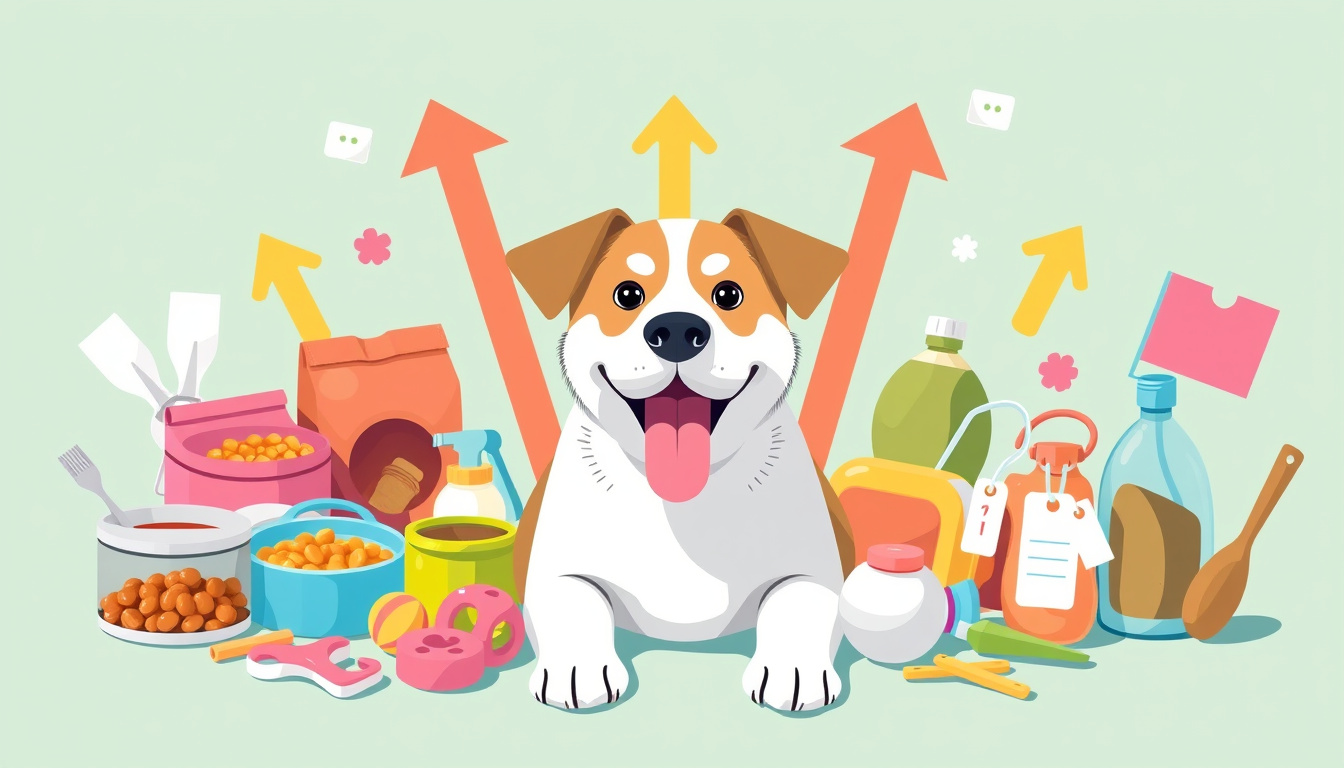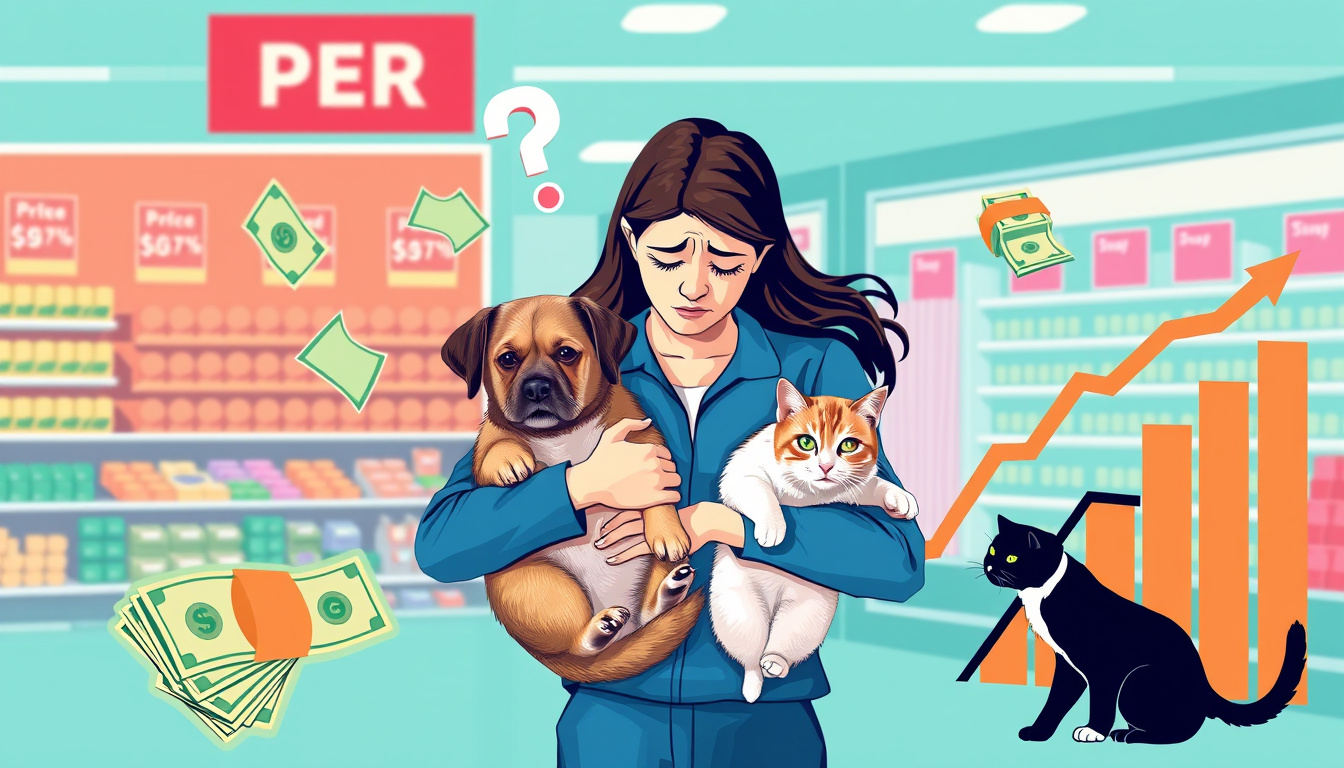
In modern political talk, conspiracy theories act as both weapon and shield. They twist facts and shape views. Recently, Donald Trump revived claims about Bill Clinton and Hillary Clinton. He links them to tragic deaths. No proof supports these claims. Still, the ideas spread. They harm public trust and weaken democratic talk.
The Origins of the "Clinton Body Count"
The "Clinton body count" idea began in the 1990s. It suggests that the Clintons planned murders. Trump spread this idea through a video. The video links names and deaths. It lists figures like John F. Kennedy Jr. and Mary Mahoney. Each link is built on weak facts. For example, the video follows Kennedy Jr.'s plane crash. Investigators ruled it an accident. It also connects Kennedy Jr.’s death to Hillary Clinton’s Senate win. The video makes Mary Mahoney's shooting seem like a planned act. Police, however, found chance at work. Such links mislead and stir distrust.
Misleading Narratives and Cherry-Picked Evidence
Trump revives these ideas to tap into public distrust. The video claims that Vince Foster "supposedly killed himself." This claim suggests foul play. Multiple investigations found no sign of a plot. Yet, the notion stays alive. The story of Seth Rich, a DNC staffer, is also used. Despite clear evidence of urban crime, his death is cast as political. These uses of personal loss raise deep ethical concerns.
The Consequences of Misinformation
Misinformation brings real harm beyond politics. Scholars and analysts warn that such theories can lead to violence. When high-profile figures like Trump use them, facts suffer. This mix of fact and fiction splits the public. Sensational claims cut off true discussion. Studies show that false narratives worsen social divides. They hurt our ability to share informed ideas.
Concluding Thoughts
Political talk about the Clintons now faces many myths. Both the public and the media must check claims carefully. Conspiracy theories and political words feed on one another. This weakens our democratic rules. We must meet baseless claims with real facts. This work builds a culture of truth. If we stick to reality and question false stories, we protect both politics and democracy.
Feel free to contact me here at mindfulaimedia@gmail.com






